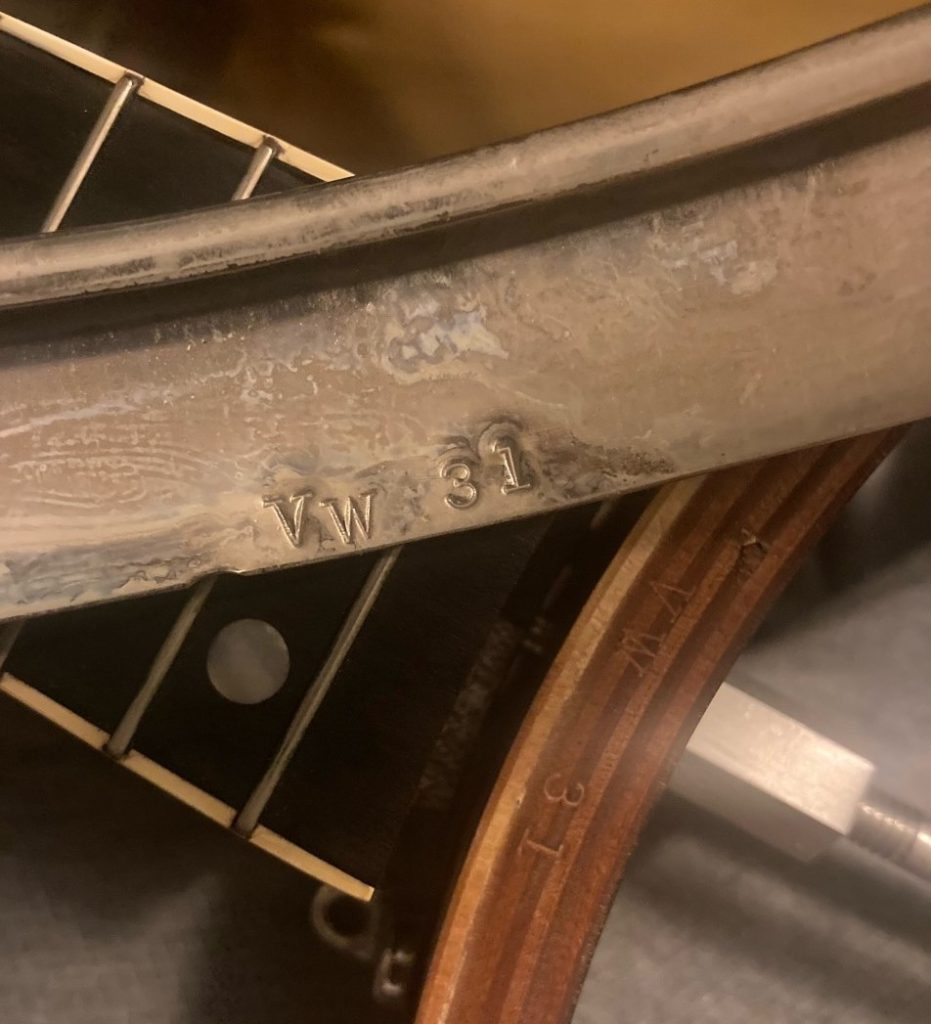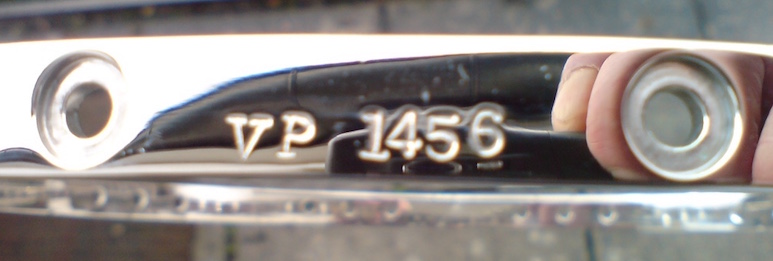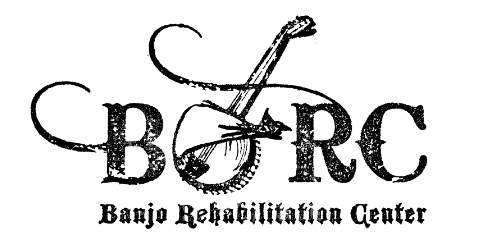From the BRC Mailbox:
Dear BRC: Can you help me determine what model my banjo is and what year it was manufactured from the serial number? The number printed inside on the pot is 331. It says CF Martin & Co printed above the number… Any information is appreciated, thanks. D.R.
Dear Reader:
Thank you for the prompt and clear photos as requested. Your instrument # 331 is a “Wonder” model manufactured in Nazareth, PA, at the Martin factory in late 1972. In addition to the C.F. Martin decal on the interior of the pot, a similar and standard decal is located on the back of the peg head as per your photographs. In the 1970 transitional Vega Martin banjo catalogue, this entry level banjo featured a metal tone ring, white fingerboard binding, a heavy notched tension hoop, a 10 ply rim, geared tunings pegs, a 3 piece maple rim, blackwood fingerboard, pearl dots, a resonator with 4 section metal tone flanges, nickel plated metal parts, a plastic head, armrest, and a shaded mahogany finish. In the 1971 C.F. Martin price list, it retailed for $345 without case. The Wonder tone ring was upgraded to brass in the 1976 Vega Martin catalogue.

There is a feature of interest on the interior of this instrument which was assembled not too long after Martin purchased the Vega franchise in 1970. The “VM” initials and abbreviated serial number “31” stamped on both the inner surface of the metal tone ring skirt and on the top of the wooden rim (above) are probably labeling on inventory inherited by C. F. Martin from the Vega workshop where these markings had guided the Boston luthiers in assembling matching parts. A couple of years ago, a website visitor from Europe wrote the BRC Mailbox including a picture of the tone ring on his more up-scale F-VIP Vega Martin banjo made in 1975 which had the matching serial number engraved on the outer tone ring (below) as displayed also on the interior of the pot.

My impression is that this workshop labeling strategy represented a routine Boston quality control measure that was subsequently adopted by C.F. Martin during its banjo building era in Nazareth, PA. We should all make a note to inspect our tone rings for hidden markings when changing the head. Thanks for your query and best wishes from the BRC.
Be well, Barry

No Comments